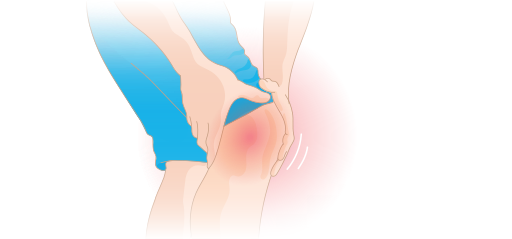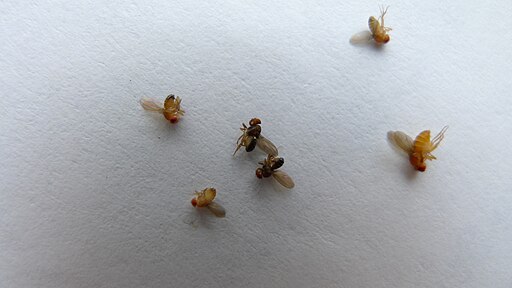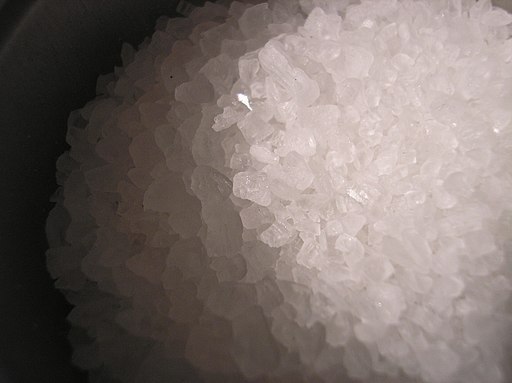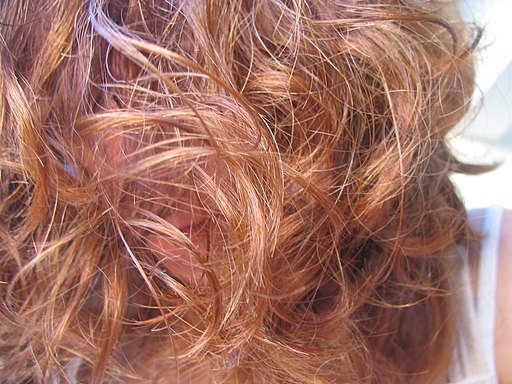
In the religious home where I grew up, swearing was strictly forbidden. My parents didn’t swear, my grandparents didn’t swear, and neither did my aunts, uncles, or cousins (as far as I know). They considered themselves respectable, educated, moral people whose standards were above the vileness of a potty mouth.
Having rarely heard swear words as I was growing up, I never had much temptation to use them when I was young. When I grew older and my peers began to swear, I occasionally tried out a word or two, but they always felt foreign and uncomfortable on my tongue. Since the words weren’t part of my usual vocabulary, they sounded false and inauthentic when I used them. I envied people who could roll multiple swear words off their tongues with ease. They always seemed more relaxed and uninhibited.
It turns out I had reason to be jealous. In the last several years, several studies have confirmed the power of curse words. In 2011, it was found that study participants who swore could better withstand the pain of having their hand plunged in ice water. Other recent studies have shown that cursing enhances social ties, and aids in the processing of overwhelming emotions. Now, a new study has shown that swearing can increase your physical strength.
In this new study, participants were asked to ride an intense cycling course which strongly increased their heart rate, and then perform a low intensity handgrip test. Those who cursed during the cycling test increased their peak power by 24 watts, and when they cursed during the grip test, they boosted their hand strength by 2.1 kg.
Interestingly, the powerful effect of cursing wasn’t dependent on volume (participants were told to swear in a neutral tone), but frequency was important. When curse words were repeated too many times, the effect began to wear off: the strongest burst of strength was during the initial 5 seconds of the cycling test when the cursing had just begun. Strength gradually diminished during the remaining portion of the test. Clearly, the magic of swearing can wear off if overused.
During each physical test, the researchers also measured heart rate, to see if the effect of the swear words was due to a surge of adrenaline due to perceived stress. In all the previous studies on swearing, heart rate increased with the use of curse words, which seemed to confirm increased adrenaline as the cause of these effects. However, in this latest study, there was no difference in heart rate between those who swore and those who didn’t, leaving researchers flummoxed.
Clearly, we still have much to learn about the power of swearing. In the meantime, if you are facing a difficult task where extra strength is required, popping out a quick expletive can do plenty to ensure your success.
As for my own proficiency with swearing, it took a great leap forward when I began driving during rush hour traffic in Toronto. Belting out a quick expletive whenever someone cut me off seemed to decrease my level of stress. No doubt, a study will soon prove a link between cursing and reduced stress too . Says psychologist Richard Stephens, “We’re not telling people something they don’t already know, …we’re [merely] verifying that in a systematic and objective way.”









